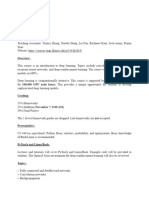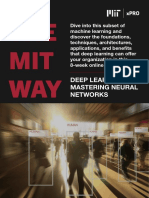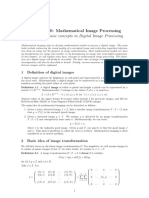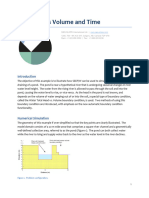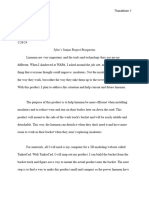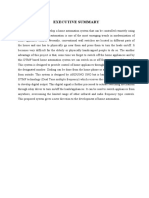0% found this document useful (0 votes)
18 views4 pagesSyllabus Instructors
The course on Deep Learning provides a comprehensive introduction to the field, covering foundational theory and practical applications across various domains such as image and speech recognition. It aims to equip students with essential knowledge and skills to create complex deep learning solutions, with a focus on hands-on assignments and project work. Prerequisites include basic programming, matrix algebra, and probability theory, and grading is based on assignments, project work, and presentations.
Uploaded by
umniahameed8Copyright
© © All Rights Reserved
We take content rights seriously. If you suspect this is your content, claim it here.
Available Formats
Download as PDF, TXT or read online on Scribd
0% found this document useful (0 votes)
18 views4 pagesSyllabus Instructors
The course on Deep Learning provides a comprehensive introduction to the field, covering foundational theory and practical applications across various domains such as image and speech recognition. It aims to equip students with essential knowledge and skills to create complex deep learning solutions, with a focus on hands-on assignments and project work. Prerequisites include basic programming, matrix algebra, and probability theory, and grading is based on assignments, project work, and presentations.
Uploaded by
umniahameed8Copyright
© © All Rights Reserved
We take content rights seriously. If you suspect this is your content, claim it here.
Available Formats
Download as PDF, TXT or read online on Scribd
/ 4

